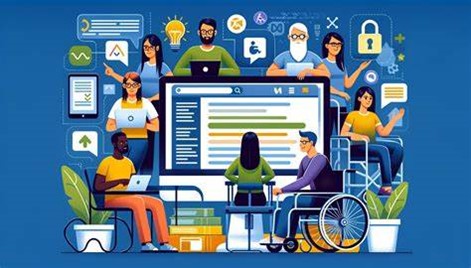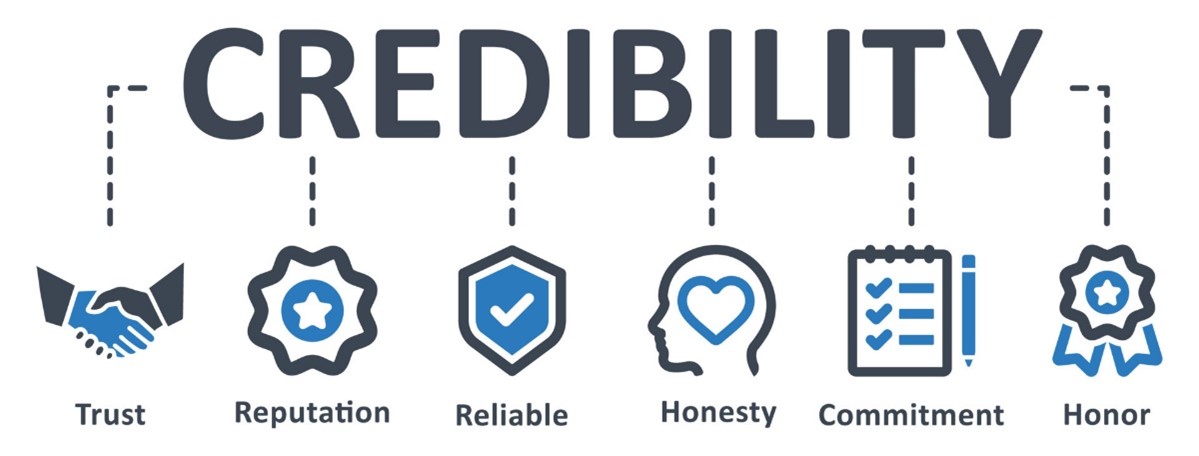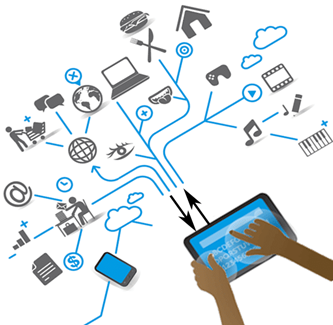Comparing traditional education with the rise of MOOCs and digital classrooms

Comparing traditional education with the rise of MOOCs and digital classrooms
by Maximilian 10:09am Jan 23, 2025

The comparison between traditional education and the rise of MOOCs (Massive Open Online Courses) and digital classrooms highlights significant shifts in how education is delivered, accessed, and experienced. Here’s a detailed breakdown:
1. Accessibility
Traditional Education: Often limited by geographical location, cost, and admission requirements. Students need to attend classes in person, which may not be feasible for everyone.
MOOCs and Digital Classrooms: Provide global access to quality education. Many courses are free or low-cost, making them accessible to a broader audience. They cater to students from remote areas and those with limited financial resources.

2. Cost
Traditional Education: Generally more expensive due to tuition fees, accommodation, commuting, and other associated costs.
MOOCs and Digital Classrooms: Offer a more affordable alternative, often requiring only an internet connection. While some advanced courses or certifications may have fees, they are typically lower than traditional education costs.
3. Flexibility
Traditional Education: Structured schedules with fixed class times, requiring students to adhere to a campus-based timetable.
MOOCs and Digital Classrooms: Allow self-paced learning, enabling students to balance education with work or other commitments. Recorded lectures and modular courses provide greater flexibility.
4. Quality and Credibility
Traditional Education: Often perceived as more credible due to the established reputation of institutions and rigorous academic standards.
MOOCs and Digital Classrooms: Quality varies depending on the provider. Leading universities and organizations, like MIT, Harvard, and Coursera, offer highly regarded courses, but skepticism about the credibility of some platforms persists.

5. Interaction and Engagement
Traditional Education: Facilitates face-to-face interaction with peers and instructors, fostering personal connections and hands-on experiences.
MOOCs and Digital Classrooms: Relies on virtual forums, video calls, and discussion boards. While some platforms include interactive elements, the experience may feel less personal.
6. Customization and Specialization
Traditional Education: Typically offers structured programs with limited room for customization.
MOOCs and Digital Classrooms: Provide a wide range of courses across diverse subjects. Students can tailor their learning paths to specific interests or career goals.
7. Learning Experience
Traditional Education: Includes access to physical libraries, laboratories, and extracurricular activities. It emphasizes holistic development through in-person mentorship and networking.
MOOCs and Digital Classrooms: Focus on theoretical and skill-based learning. Some platforms integrate virtual labs and simulations but may lack the immersive campus experience.
8. Scalability
Traditional Education: Limited by physical infrastructure and faculty availability.
MOOCs and Digital Classrooms: Designed to scale, accommodating thousands of students simultaneously without the need for additional infrastructure.

9. Adaptability to Technological Change
Traditional Education: Slower to adopt new technologies due to institutional inertia and the costs involved.
MOOCs and Digital Classrooms: Rapidly integrate the latest tech innovations, such as AI-driven personalization, virtual reality (VR), and gamification.
Conclusion
Both traditional education and MOOCs/digital classrooms have unique strengths and limitations. Traditional education remains essential for disciplines requiring hands-on training, research, and deep mentorship, while MOOCs and digital classrooms excel in democratizing education, offering flexibility, and catering to lifelong learners. A hybrid model combining the best of both approaches could be the future of education.






